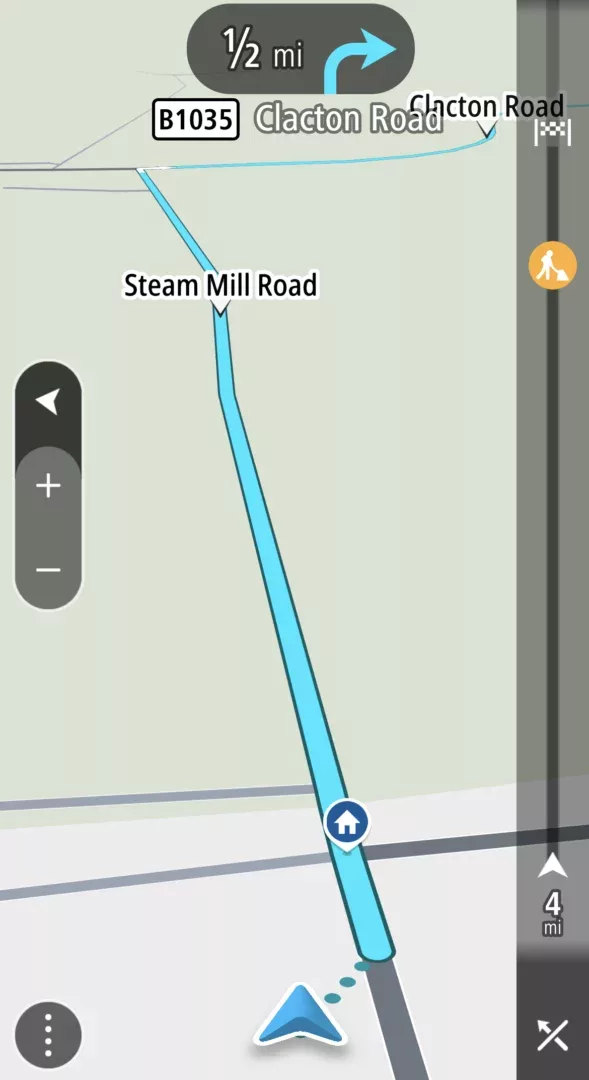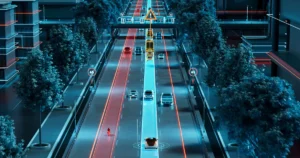Residential areas will not be used by Sat nav’s in the future, as software will be updated so that quiet, residential areas will not be used – and drivers will instead by directed to main roads.
The goal is to end ‘rat running’ in major towns and cities – and avoid congestion in streets that were not designed for the levels of traffic many have experienced in recent years, reports the RAC.
Rat running is when drivers use residential areas and streets not intended as shortcuts instead of main roads designed to handle larger volumes of traffic.
It’s most common in drivers who know an area well and often happens despite road design measures to discourage it. It is most commonly seen during commuting hours in early morning and after 5pm on a weekday.
Department for Transport (DfT) data has revealed that traffic on residential streets increased dramatically by 72.2% between 2009 and 2019.
A sizable portion of this can be attributed to the widespread adoption of satnavs – both built-in and through portable devices.
One of the world’s leading sat nav brands, TomTom, has said that the industry has made plans to adjust algorithms.
TomTom Vice President Ralf-Peter Schaefer said that this update would ‘protect people in neighbourhoods from noise and emissions’.
Although nothing is official at this point, the company has started conversations with the European Commission over the planned updates.
If approved, then the changes could be introduced in Europe – including the UK – by the end of 2026.
According to a report from the former Chief Scientist at the DfT, David Metz, sat navs actually slow motorway traffic and lead to congestion.
Metz, who is now an honorary professor in the Centre for Transport Studies at University College London (UCL), discovered that plans to increase capacity on the M25 and M1 failed as satnavs were redirecting motorists onto the motorway for one or two junctions on short journeys.
He said: “The impact is to increase local use of motorway capacity, to the disadvantage of longer-distance users



























